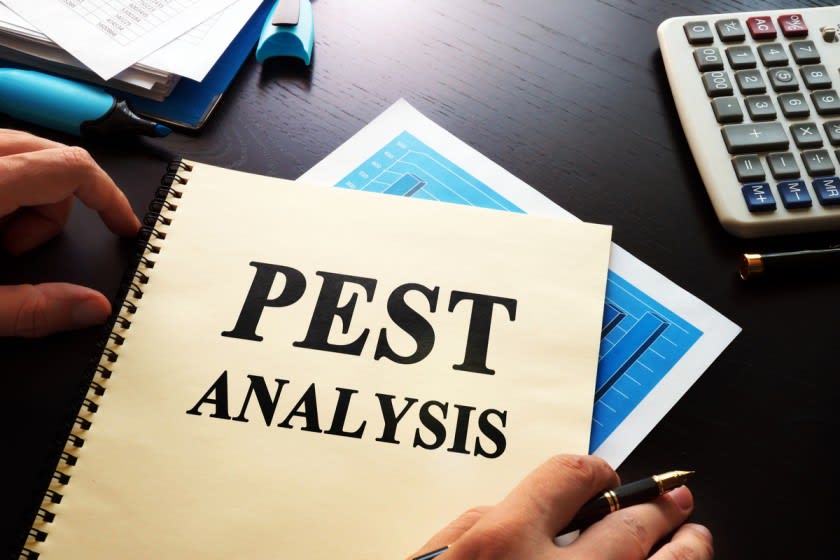Conducting PEST Analysis for Apparel Brands and Retailers



The Apparel Industry is one of the most competitive industries. The brands and retailers face various challenges in a wide and ever-expanding market. Nonetheless, fashion retailing has remained one of the fastest-growing segments in the past decade. Experts believe that the faster growth is mainly due to the affordable luxury brands, thanks to the rising fast fashion industry.
The face of the industry is shifting with the transition of consumer tastes and preferences. Technology too has played a key role in the overhauling of the traditional retailing structure. Technology has also enabled a wider reach, hence we have the evolving notion of the global fashion industry. Besides, factors such as Politics, Economics, and Society have a great influence on the performance of brands and retailers. Together they form PEST analysis, which is a super way to find out how they can perform on a global platform.

Political and Legal
Political and Legal factors determine the frequency of government intervention in the economy. The elements that fall under this phenomenon are foreign trade policy, tax policy, government policy, political stability or instability, trade restrictions, labor law, etc. This shows that political factors have more impact on business than we think. Traders must be aware of these risks before entering the global apparel market. Top global brands have the flexibility of responding to the present and anticipated future legislation with ease. Fashion brands with a strong focus on ethics and compliance face fewer challenges.
Economical
There is no use explaining the importance of economics when it comes to global business. Analyzing the economics would reveal how the business operates and what profit it earns. Economic factors like interest rates, economic growth, inflation, exchange rates, disposable income of consumers, employment, etc. have a large impact on the fashion market. In a period of budgetary boom, the consumers would wish to spend more due to a raised disposable income and vice versa. When demands go down, the brands are forced to sell their fashion at a lower price to offer a cost-effective experience. Strong global brands would analyze the economic risks and factors of a market to avoid financial collapse and to maximize profits.
Social or Socio-Cultural
Population growth, demography, career attitudes, resource distribution, etc constitute the social factors. These have direct effects on the fashion industry as it is one of those industries that are most affected by customer preferences and socio-cultural trends. Consumer behavior has changed largely in the past decade and is still changing. Top fashion retailers research the trending behavior, the age distribution of the market, the cultural exclusivity, etc. It is always important to adjust the business model to the socio-cultural factors rather than trying the other way around.
Technological
Technological improvements have facilitated and accelerated operations within the fashion industry. Strong brands will induce their business operations with strong technical drives to reach maximum efficiency in shorter time leads. Today we have technology dominating the production, supply, and distribution. An improved flow of knowledge and interaction, cost-effective marketing and advertising, efficient distribution, etc have been witnessed too. Top brands will include technology as an indispensable factor in their model. They will consider automation and reduce the technical barriers to improve functionality.



















